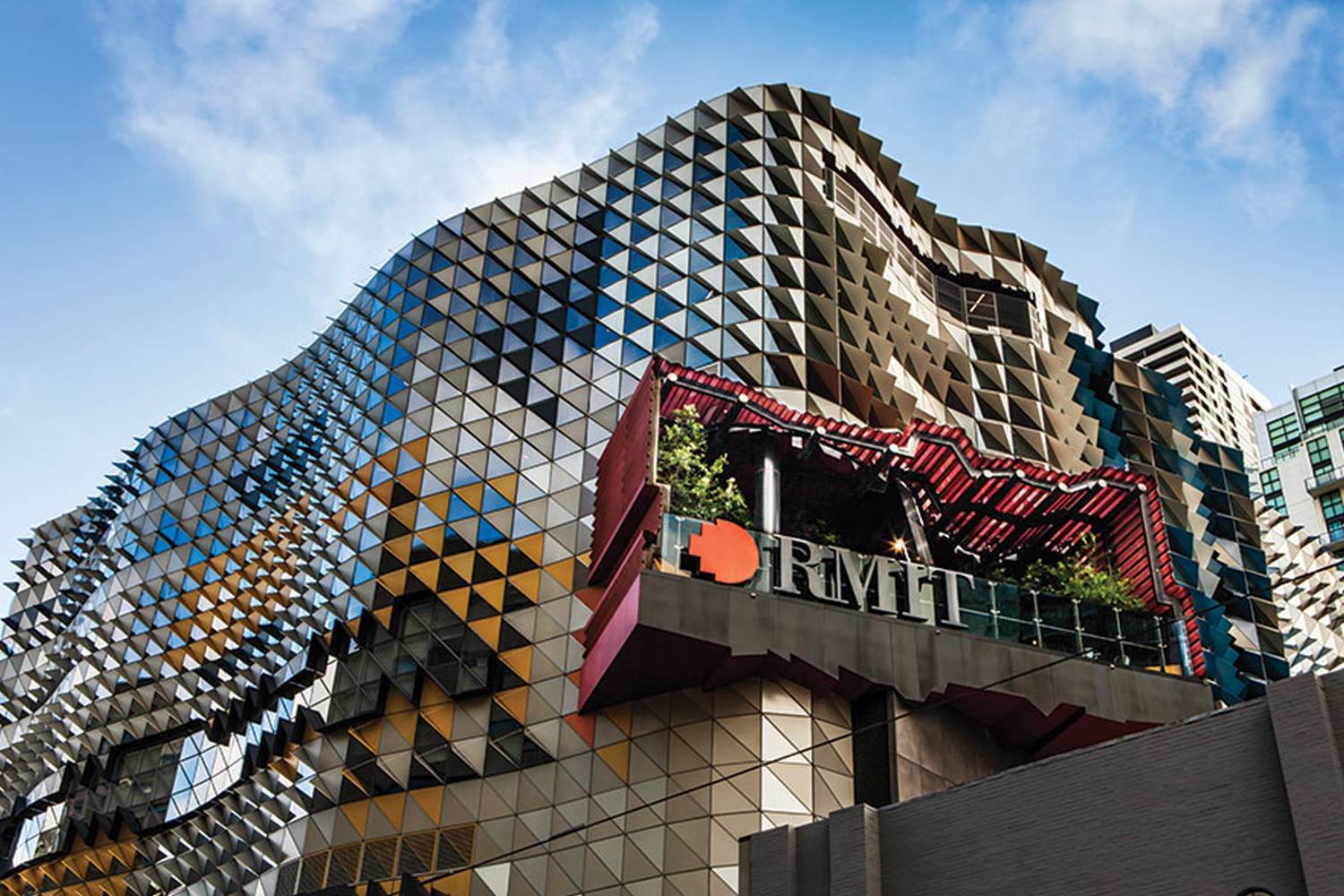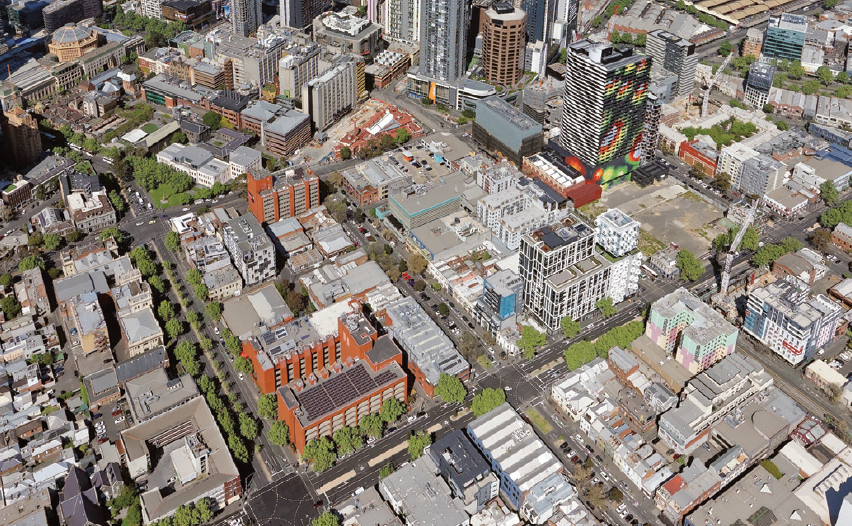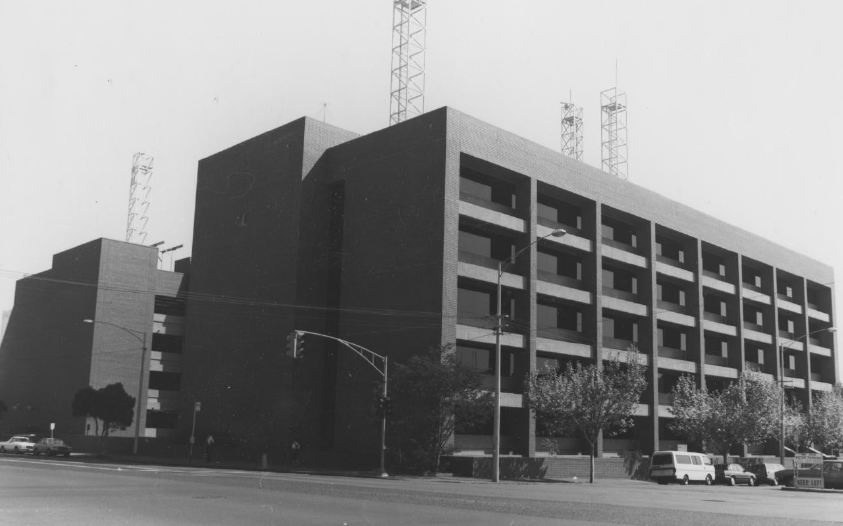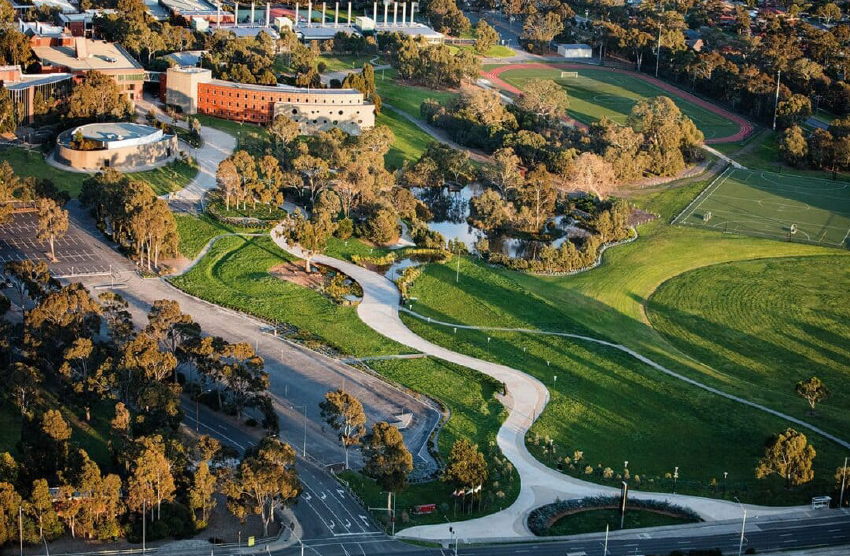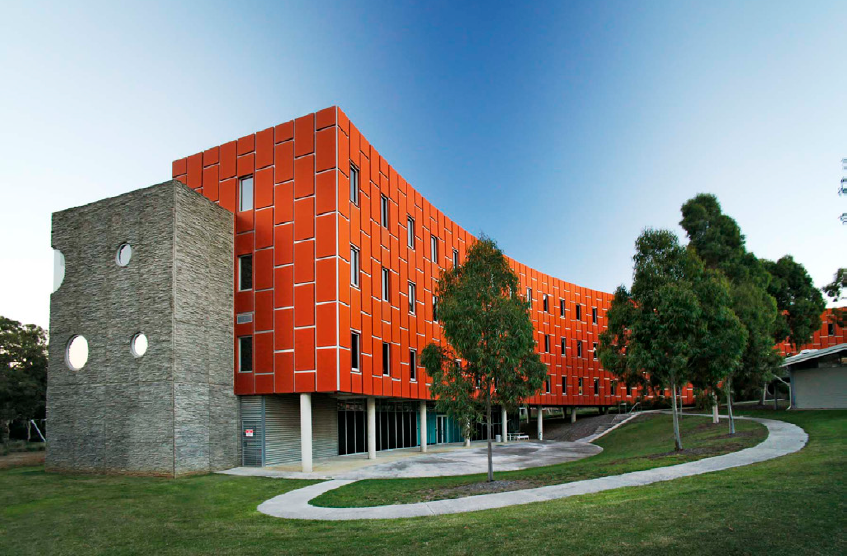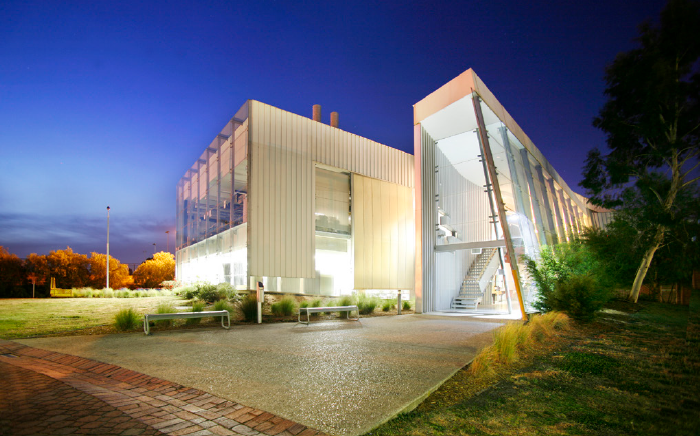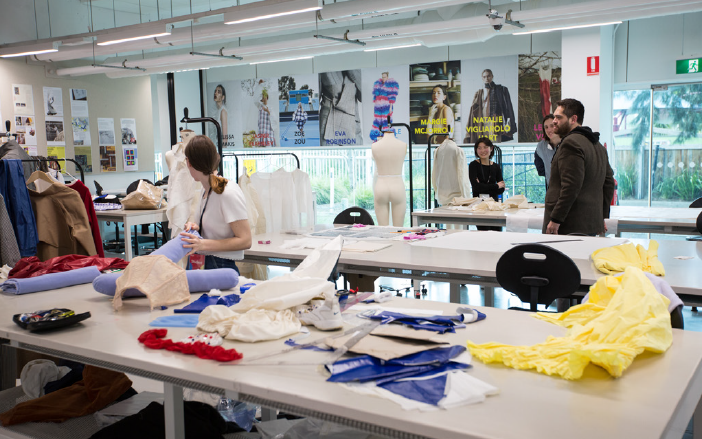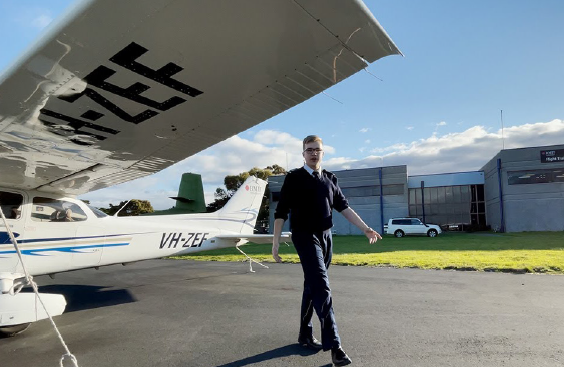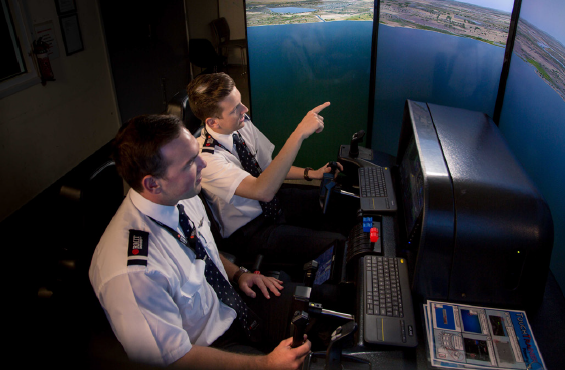Our principal place of operations and one of Melbourne’s anchor institutions since 1887.
In the last few decades, Melbourne’s CBD has experienced a renaissance. Long regarded as the city’s business and financial centre, the central city is now home to retail, financial, legal, administrative, recreational, tourist and entertainment facilities and operates 24 hours a day, serving a wide variety of residents, workers and visitors.
Melbourne’s central city transformation: from ‘doughnut city’ of the 1970s, to one of the world’s most liveable, has been achieved through a complex array of targeted initiatives and developments across a variety of sectors. As one of the City of Melbourne’s key anchor institutions, RMIT has worked in partnership at a City and State level to advocate for the renewal of Melbourne’s CBD over many years. Consequently, RMIT’s Melbourne City campus has played a pivotal role in the revitalisation of Melbourne’s CBD. Investment and consolidation has developed the campus as the institution’s ‘Civic Core’, reflecting its status as RMIT’s principal place of operation: a place of study for more than 45,000 students (representing approximately 82% of RMIT’s higher education students based in Australia), and a place of work for thousands of academic and professional staff. With no hard boundaries, Melbourne City exemplifies an urban campus – its eclectic architecture, lively laneways and energised public realm signalling the university’s presence, yet blending seamlessly with the city.
Melbourne City campus’ distinctive mix of historic buildings and contemporary architecture reflects our institutional evolution. Our approach to adaptive reuse allows traces of the city’s post-colonial history to be revealed and experienced through the contemporary use of buildings such as the Francis Ormond building, the Old Melbourne Gaol, the Former Magistrates Court, and the Former City Watch House.
Over the last decade, the public realm of RMIT’s Melbourne City campus has become a tangible demonstration of our commitment to celebrate Indigenous peoples, cultures and contributions. The public artwork Wurrunggi Biik: Law of the Land was commissioned in 2017 as part of the New Academic Street project as part of the institutional commitment to reconciliation. Within the heart of the campus, our Indigenous garden, Ngarara Place is designed to host Indigenous ceremonies, gatherings and events. As our principal campus evolves, we continue to explore new ways to recognise Aboriginal and Torres Strait Islander people, cultures and histories as connected among the lands of the Kulin Nations on which RMIT stands.
The ‘RMIT experience’ now activates and energises once dormant city streets with campus life. Our hands on, tech-immersed, socially engaged, creative and entrepreneurial spirit brings a unique identity to this part of the city. The opening of the new Metro Tunnel train station at Franklin Street will continue this ongoing evolution, enhancing connectivity and access to the campus as a primary CBD destination.
Key attributes
- Located in one of the world’s most liveable cities, RMIT has been an integral part of Melbourne’s character for more than one hundred years.
- Close proximity to relevant industries for our key disciplines, including: – thriving Arts and Entertainment precinct with public transport, restaurants, cafes, theatres, galleries and parks – business, law, financial and government districts in the CBD.
- Highly accessible by public transport, which will be further enhanced by new metro station.
- RMIT is porous with our extended community, in nature and infrastructure – RMIT can be accessed and interacted with through physical and virtual spaces, and across many domains.
- RMIT’s places in the City are curated environments for connection, collaboration and peer to peer learning.
Current focus
- Learning, teaching and research across all major academic disciplines.
- Student services and co-curricular experiences.
- Majority of professional staff and academic leadership.
- Key partner collocation and collaboration
Strategic opportunities
Continuing to build on RMIT’s role as a crucial part of Melbourne’s knowledge and experience economy, adding to the vibrancy of the city, attracting talent and investment, and feeding growth sectors of our economy with skills, applied research and innovation:
- Continuing to develop collocation with industry partners on campus to further leverage the city location.
- Building and connecting networked innovation hubs, amplifying impact possibilities (e.g. through intersection of social innovation, design and digital technology.
- Designing for agility and adapting quickly to changing needs.
